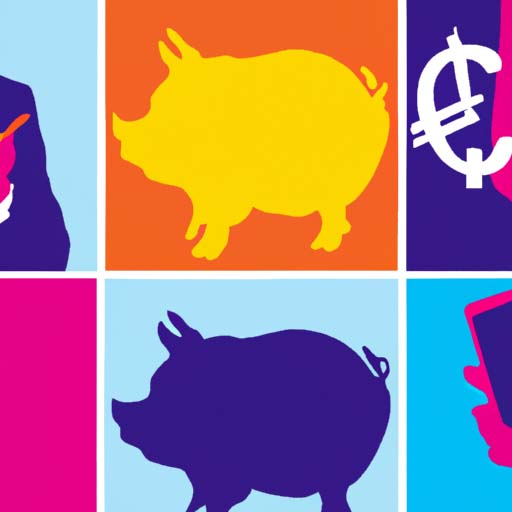The Peer-to-Peer (P2P) lending revolution has transformed the way individuals and businesses borrow and lend money. With the rise of digital platforms, the traditional loan process has been streamlined and made accessible to a wider audience. In this article, we will explore the benefits of P2P lending, the reasons behind its popularity, and how it has revolutionized the lending landscape.
The Rise of P2P Lending
Over the past decade, P2P lending has gained tremendous popularity as an alternative to traditional loans offered by banks and financial institutions. This innovative approach connects borrowers directly with lenders through online platforms, cutting out intermediaries and reducing the overall cost of borrowing.
One of the key attractions of P2P lending is its ease and convenience. Unlike the cumbersome loan application process required by banks, P2P lending platforms allow borrowers to apply for loans online, providing instant access to a wide range of lenders. This not only saves time but also increases the chances of securing a loan, particularly for individuals with less-than-ideal credit scores.
The Benefits of P2P Lending
P2P lending offers several advantages over traditional loans. First and foremost, it provides borrowers with greater flexibility. Whether you need a personal loan to consolidate debt or a business loan to fund your startup, P2P lending platforms can accommodate a wide range of borrowing needs.
Additionally, P2P lending often offers lower interest rates compared to traditional loans. This is because P2P platforms operate with lower overhead costs and are not burdened by the same regulatory requirements faced by banks. As a result, lenders can offer competitive rates and borrowers can save money on interest payments.
-Furthermore, P2P lending allows borrowers to diversify their sources of funding. Instead of relying solely on traditional banks, individuals and businesses can access funds from a pool of individual lenders. This diversity reduces the risk of being denied credit or facing high-interest rates from a single lender.
The Impact on the Lending Landscape
-The rise of P2P lending has disrupted the traditional lending landscape in more ways than one. Firstly, it has opened up opportunities for small businesses and individuals who may have previously struggled to secure financing. With P2P lending, a good idea, a strong business plan, or a personal financial goal can become a reality.
-Secondly, P2P lending has forced traditional banks to reevaluate their loan processes and become more customer-centric. With the threat of losing business to P2P lenders, banks have had to streamline their loan application processes, offer more competitive rates, and provide additional value to borrowers.
-Moreover, P2P lending has paved the way for financial inclusion by providing access to credit to underserved communities. People who were previously denied loans due to lack of credit history or collateral can now turn to P2P lending platforms, which focus more on individual circumstances and potential rather than conventional credit criteria.
The Future of P2P Lending
The future of P2P lending looks promising. As technology continues to advance and digital platforms become more secure and user-friendly, P2P lending is likely to grow even more popular. In fact, some experts predict that P2P lending will become the dominant form of borrowing and lending in the coming years.
-However, to ensure the long-term success and sustainability of P2P lending, it is crucial for regulators to introduce appropriate oversight and safeguards. As the sector expands, it will be necessary to protect both borrowers and lenders from potential risks, such as fraud or default.
In conclusion, the shift from traditional loans to digital platforms has brought about a revolution in the lending industry. P2P lending offers individuals and businesses a flexible, cost-effective, and inclusive way to borrow and lend money. With its numerous benefits and potential for growth, P2P lending is poised to shape the future of lending as we know it.
